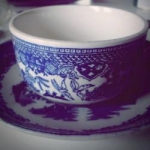Hershey bars have long been an iconic American treat, one that’s crucial to making s’mores and is a staple snack at many a sporting event. But, this candy bar once had a big role in the armed forces as well, particularly during World War II. Discover how this chocolate was made to fuel the GIs in battle against the Axis forces, despite some less than enticing recipe adjustments made for the field.
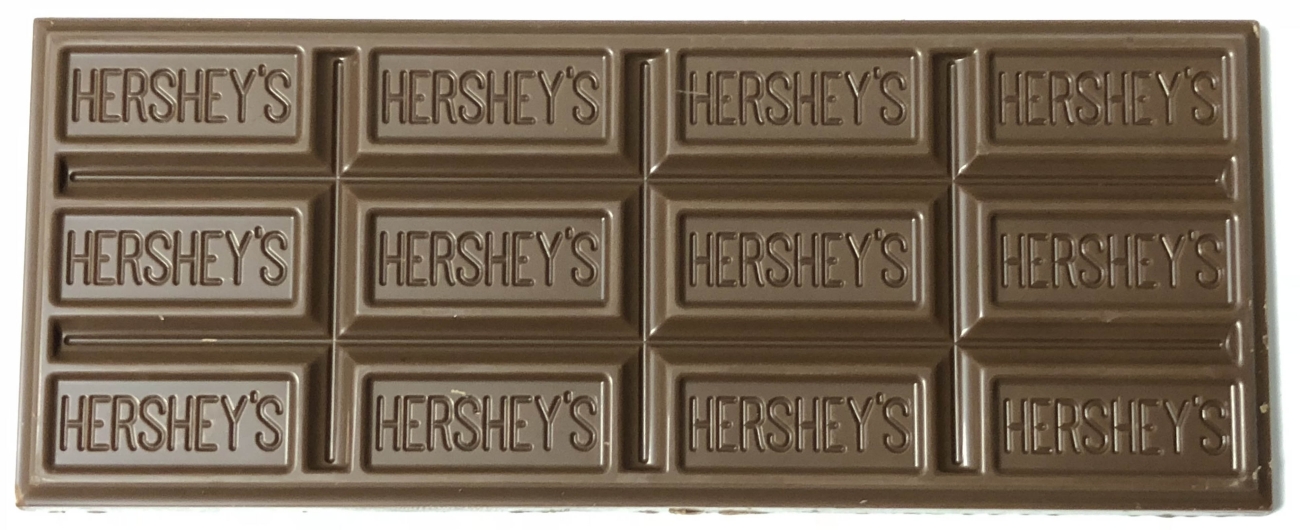
The first Hershey bar was created in 1900 after the company had previously sold chocolate-coated caramels. The flat bars were molded into thin blocks of many rectangles, making them easy to break off and share. The almond version was released in 1908. Just 10 years after that during World War I chocolate was seen as a boost to troops.
Having observed that European and English soldiers received chocolates, the US followed suit and asked for donations of chocolate from confectioners. The army requested large 20-pound blocks of chocolate that they then cut down and wrapped for easy transport to soldiers.
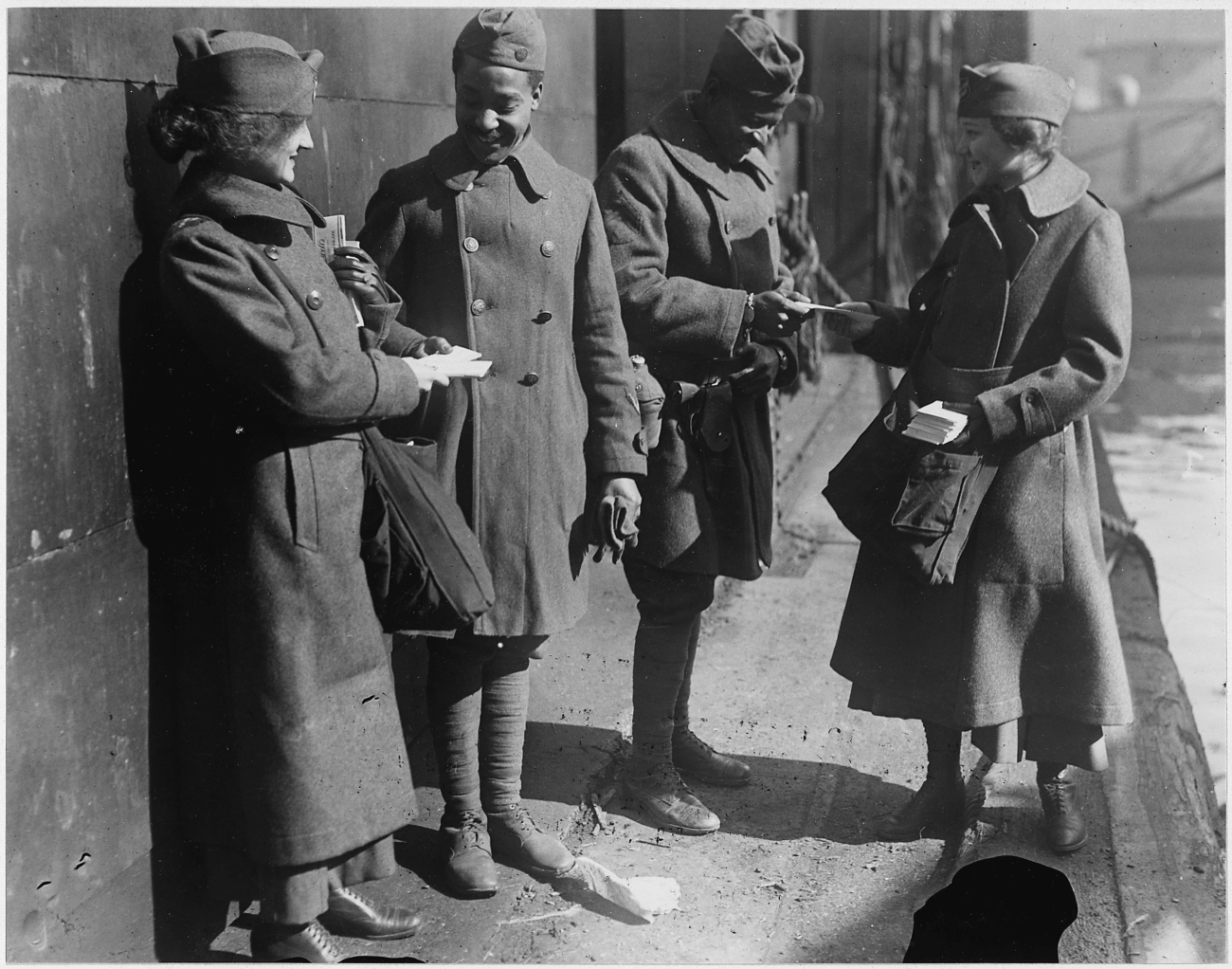
Returning troops ignited an already-growing appetite for sweets and soon candy bars were some of the top-selling snacks in the US. The 1920s marked a time of growth for candy companies in part due to Prohibition as folks were seeking pleasurable food and drink to replace alcohol. And, during the Great Depression many candy makers marketed their products as quick and cheap sources of nutrition.
Calories from sugar were not considered bad at that time and some advertisements even showcased how serving sweets to children was a nutritionally sound practice to boost their daily caloric intake. During this era there was an overall move towards increasing calories as a means of increasing general health.
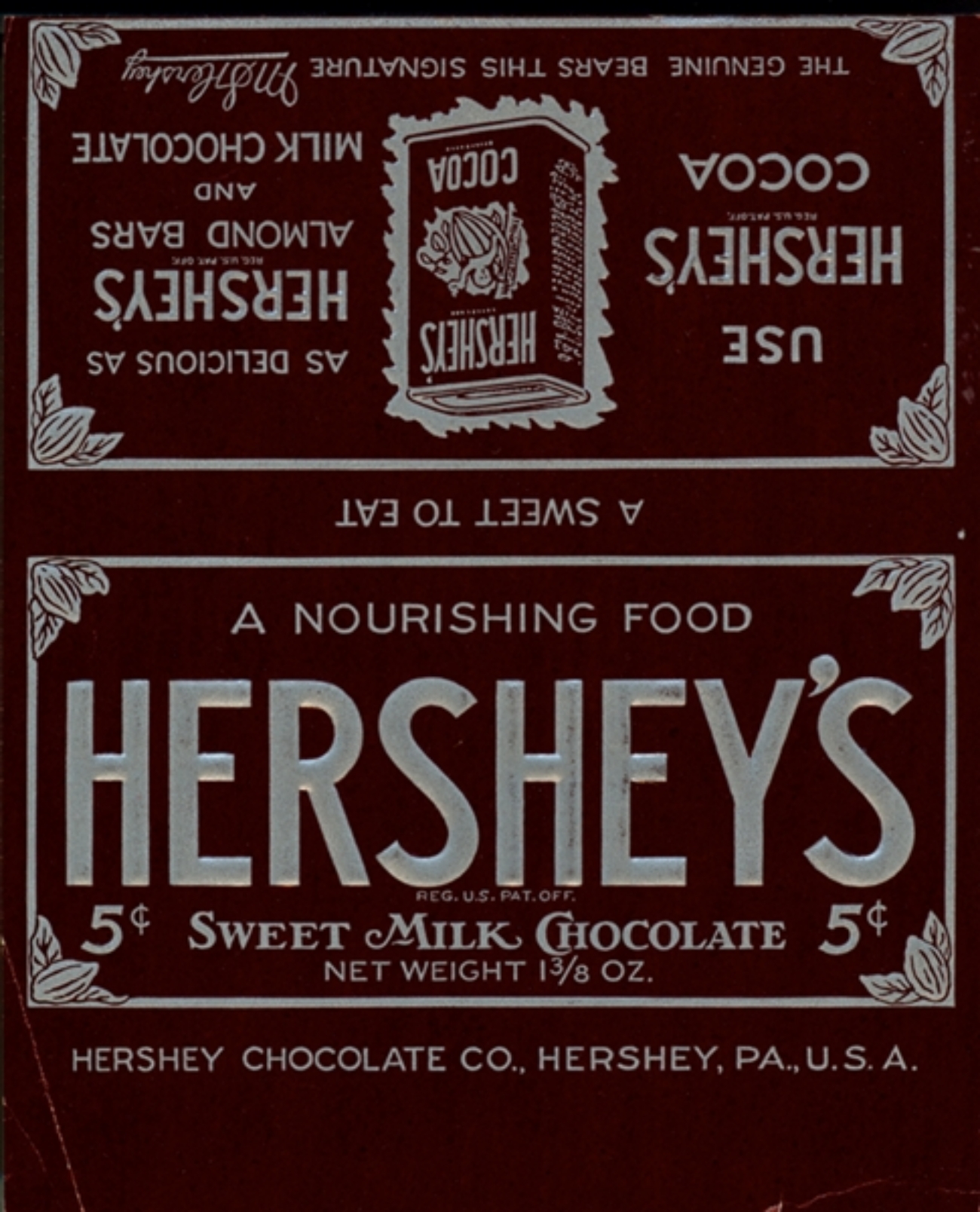
The special dark chocolate bar was released in 1939. By this point the milk chocolate bar was already an American classic, much like Coco Cola or Twinkies. But, even before Hershey’s worked on this newer flavor, they had been asked by Army Quartermaster Colonel Paul Logan to create a bar that was 4 oz, was nutritionally dense, and was not so delicious that soldiers would eat it unless it was truly necessary. The Army also asked that the bar be heat-resistant and withstand higher temperatures before melting. Like so many companies Hershey’s was asked to provide for the war effort once the US entered WWII in 1941.
The resulting bar, known as a D ration, was not the same as the Hershey’s we know and love today. It was less sweet and less silky as it needed to travel far and endure more before reaching its intended recipients. The bars were also sometimes carried in soldiers’ pockets, meaning any regular bars would melt rather quickly.
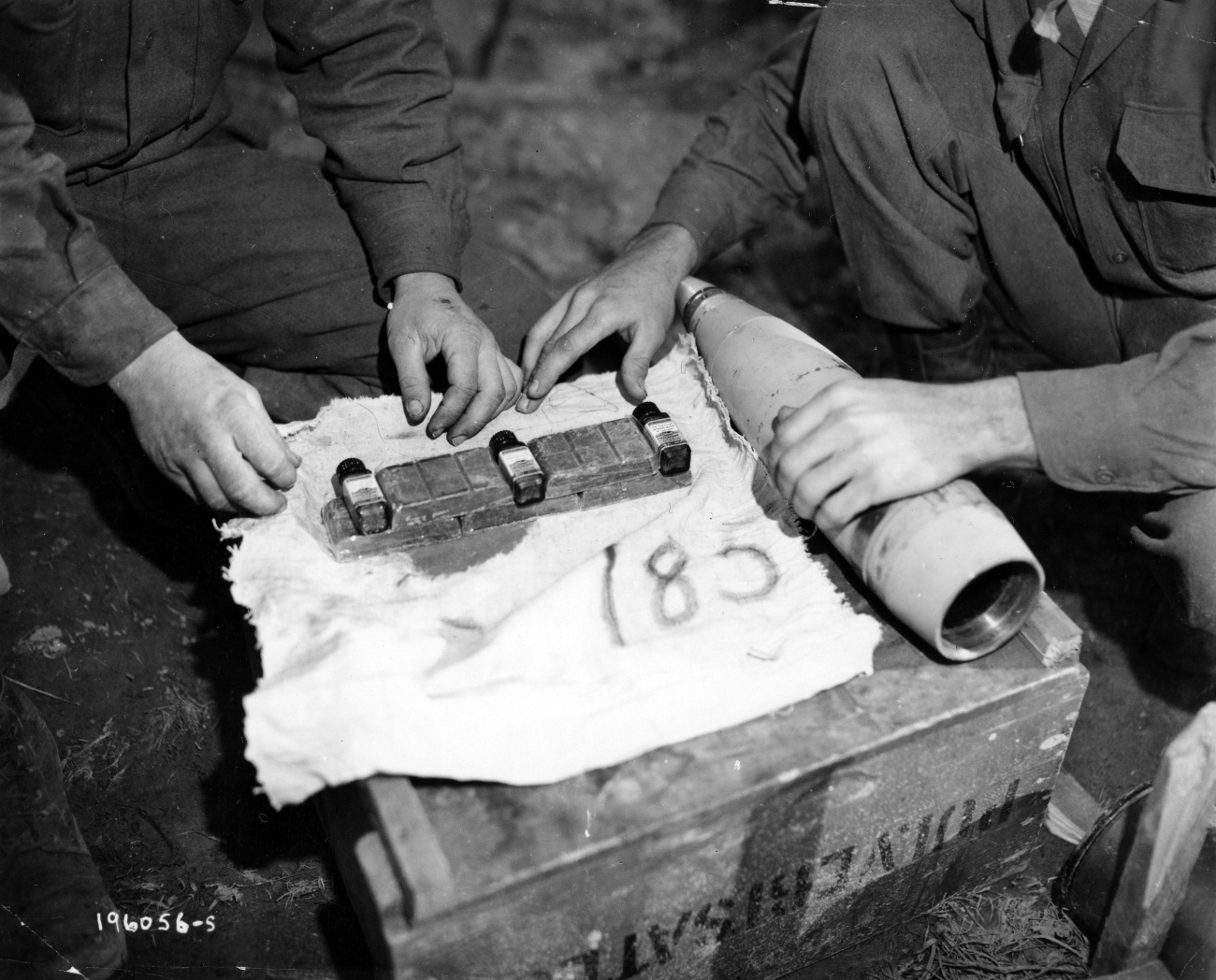
Another way the military-issued bars differed from commercial Hershey bars was that they contained oat flour, presumably to help resist melting and to reduce the intense flavor of the chocolate. And, they also added artificial flavors, something that most of us didn’t grow up with in Hershey bars as many of the variations on this candy do not contain artificial flavors. Finally, the bar was also fortified with vitamin B1 to stave off thiamine deficiency among the troops.
The bars included in the ration kits were reportedly widely disliked by the soldiers, though some who didn’t grow up eating chocolate found them to be a delightful treat. The D ration chocolate was subject to a variety of crude nicknames owing to the fact that many soldiers became constipated after eating these lightly sweet bars. It was also hard to eat and required patience and good teeth to ingest.
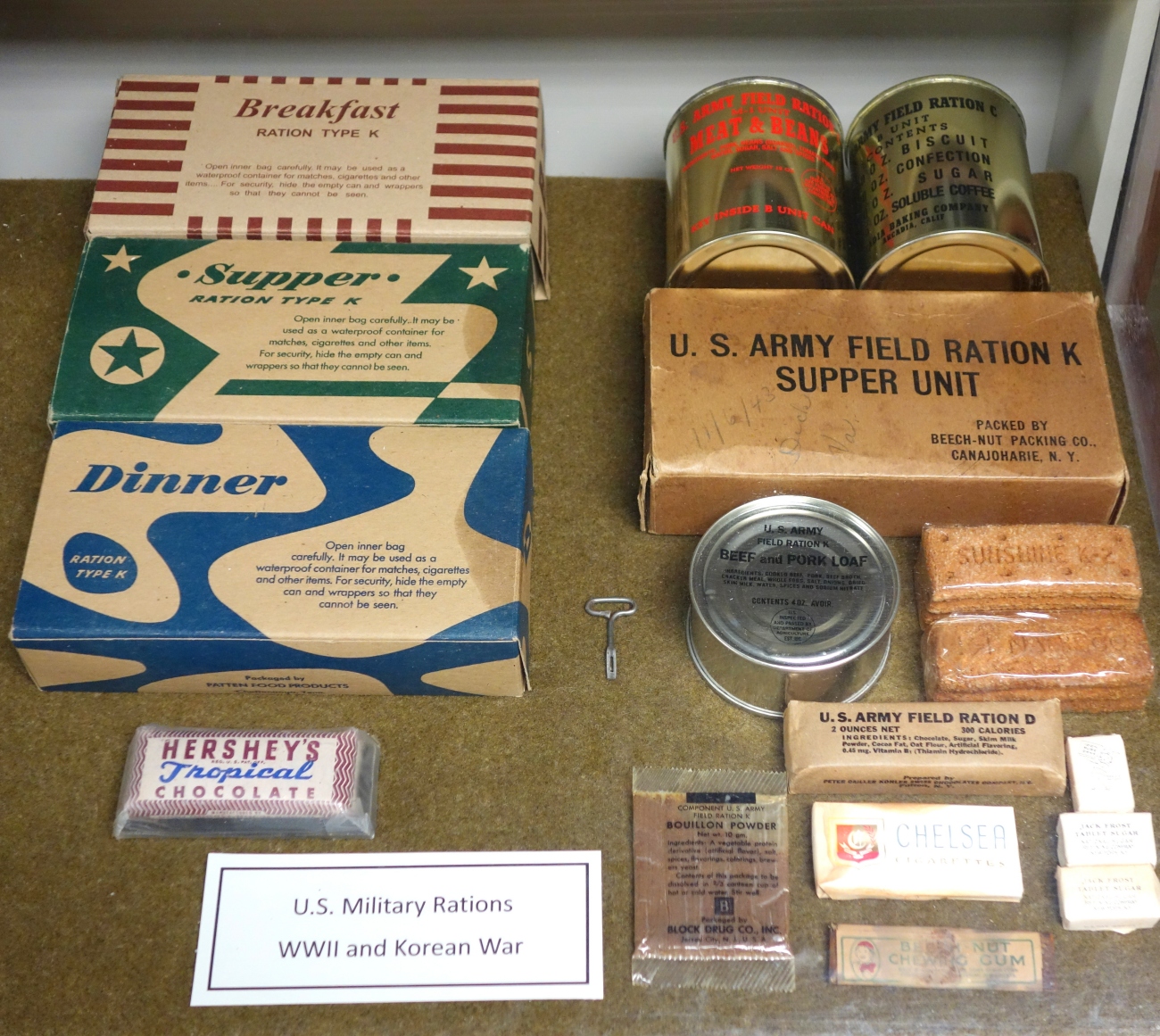
Even with less sugar, the bars were bound to provide some energy during the gruesome battles in Europe, North Africa, and the Pacific Theater. In the photo above we can see two types of chocolate bars. The first is a bar with a wavy design on the wrapper known as the Tropical bar. The other bar is covered in a plain brown wrapper.
There were other items for energy and entertainment included in these K-ration kits, such as dextrose tablets, biscuits, and cigarettes. As such, many troops were said to have thrown away their chocolate bars and would only eat or use what they enjoyed from the ration kits. Hershey’s products were included in many different ration kits including the K-ration, the 10 in 1 ration that fed 10 soldiers, the aircraft snack ration, and the emergency accessory kit. While the Tropical and D chocolate bars were components, Hershey’s also supplied cocoa for drinking in some rations. Hershey’s supplied rations for the entirety of the war.
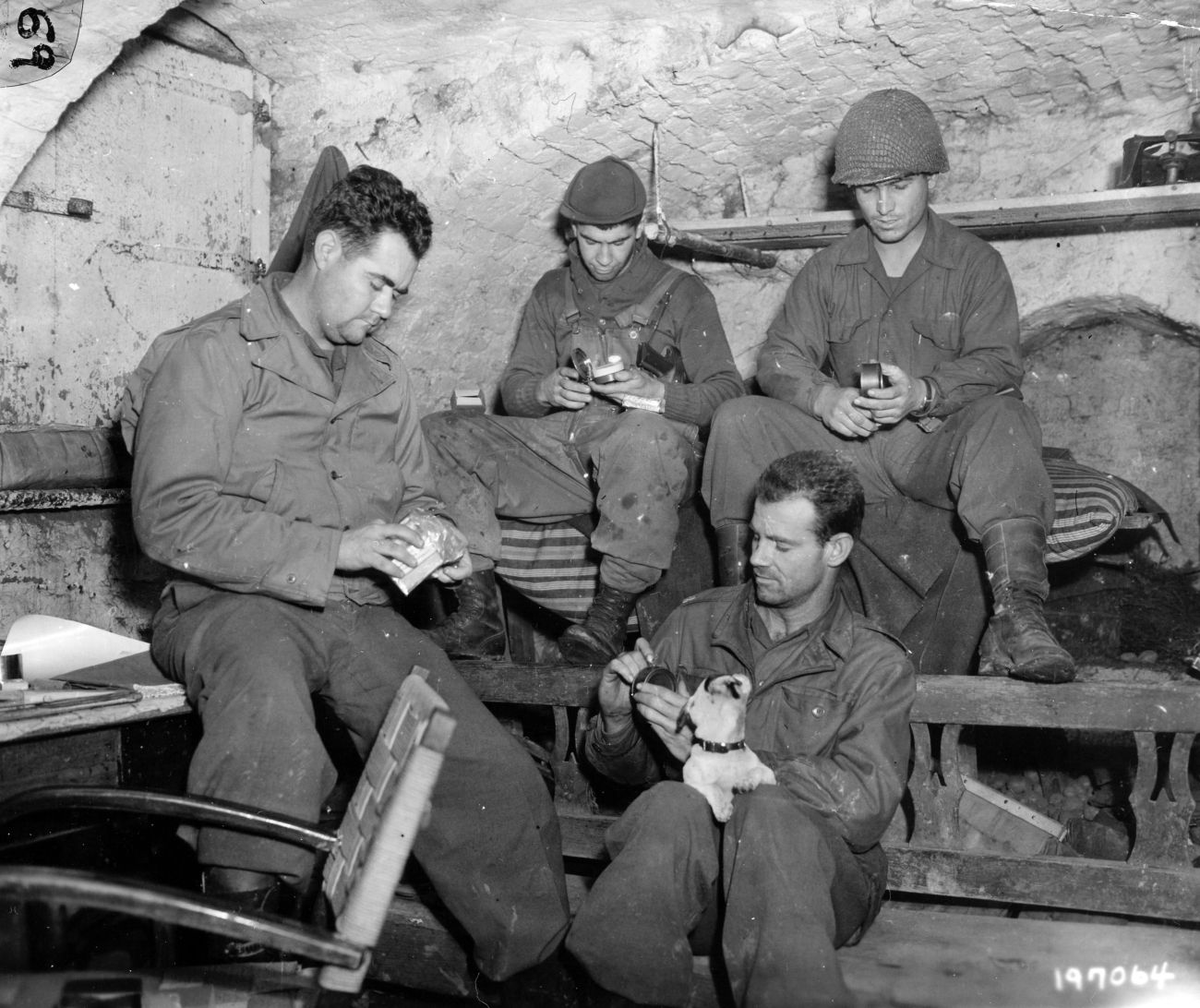
While the small, dense bars may not have been the throwback to everyday life that the troops would have enjoyed, they certainly must have saved a few lives during the hard conditions troops faced during WWII.
SKM: below-content placeholderWhizzco for DOT

